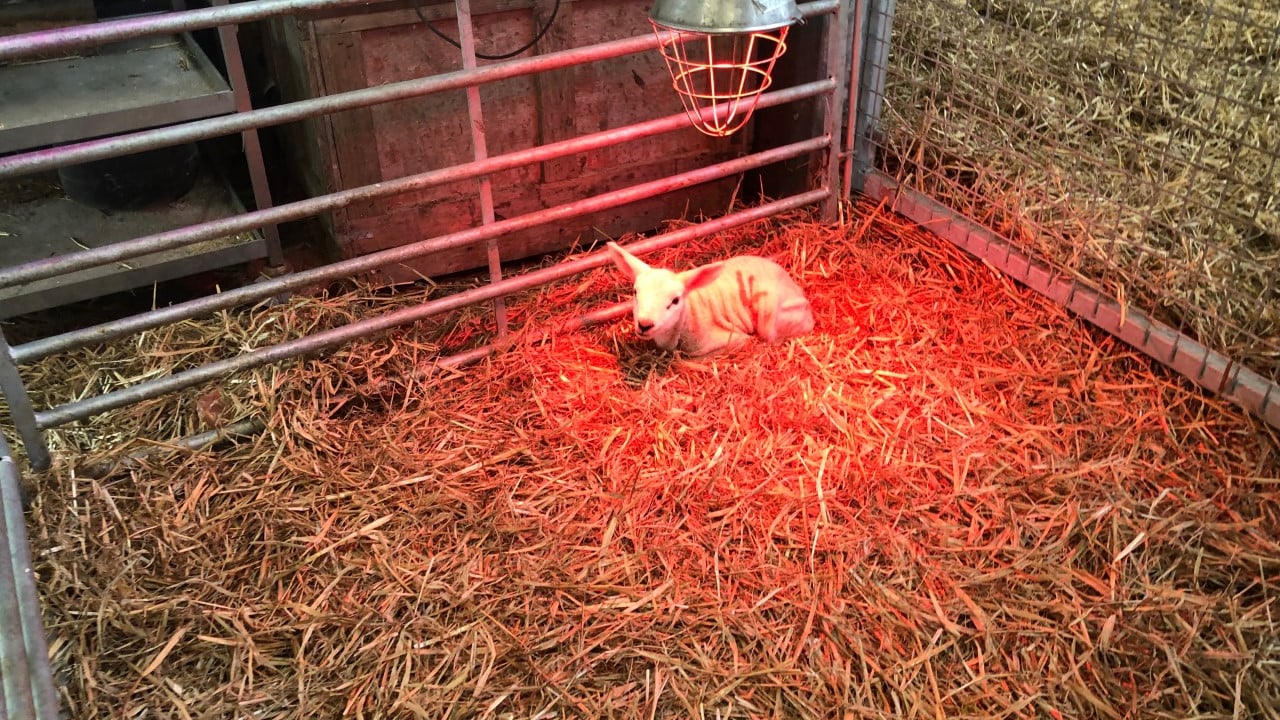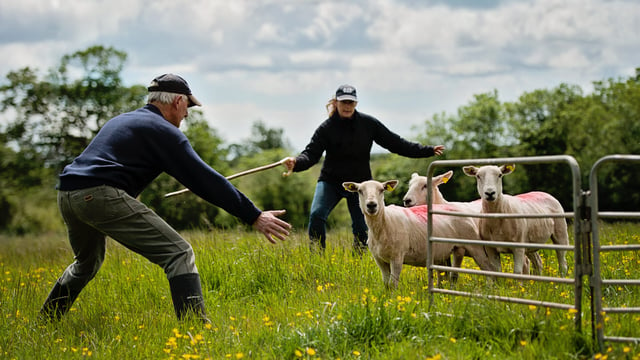The ins and outs of artificially rearing surplus lambs
Before the lambing season kicked off, farmers should have set up a designated area for pet/surplus lambs to be reared in.
Ideally, farmers don’t want to have to rear lambs artificially. However, sometimes this situation is unavoidable, especially in cases where a farmer loses a ewe or cross-fostering a triplet lamb onto a single ewe isn’t an option.
In this case, an area in the lambing shed or, wherever suitable, should be set up for surplus lambs.
Ideally, the lamb should be fed colostrum from its mother. However, if the ewe has insufficient colostrum to feed her lambs, then it should be divided up equally among her lambs and topped up with a substitute colostrum.
Surplus lambs should be housed in a dry, clean and warm environment. For newborn lambs, an infra-red lamp should be placed above the lambs to keep them warm.
Lambs can be fed using one of three ways when being reared artificially. These include: feeding lambs with a bottle or multi-feeder buckets; ad-libitum feeding using lamb-feeding devices; automated lamb feeders that automatically mix the milk replacer with water – in small amounts – as the lamb drinks it.
According to Teagasc, the following guidelines should be carried out when artificially rearing lambs.





